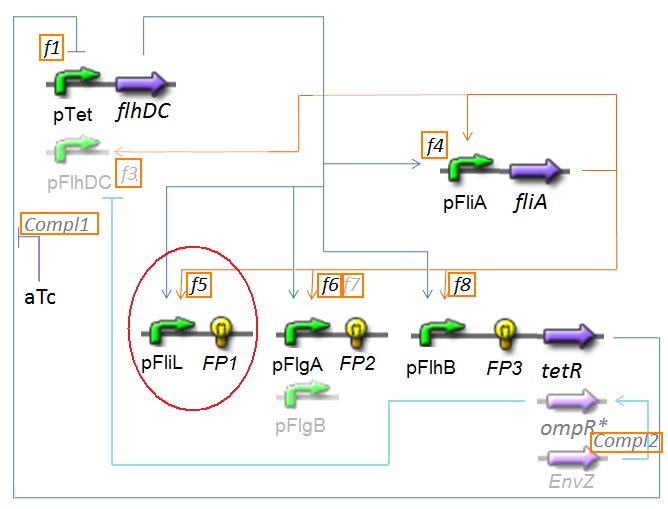Team:Paris/Modeling/Molecular Reactions
From 2008.igem.org
(Difference between revisions)
| Line 11: | Line 11: | ||
<br><br> | <br><br> | ||
| + | |||
| - | {|border="1" | + | {| border="1" width="100%" style="text-align: right" |
|- | |- | ||
| - | |'''Reactions''' | + | | width="75%" | <center>'''Reactions'''</center> |
| - | |'''On the Example''' [[Image:CoreSystemf5.jpg|thumb|the studied function]] | + | | | 1/4 cellule 2 |
| - | + | | width="25%" | '''On the Example''' [[Image:CoreSystemf5.jpg|thumb|the studied function]] | |
| - | + | ||
| - | + | ||
| - | + | ||
| - | + | ||
| - | + | ||
| - | + | ||
| - | + | ||
| - | + | ||
|} | |} | ||
Revision as of 16:21, 26 October 2008
|
Molecular Reactions
We starts from elementary reactions that are "exhaustives" in the sense that every steps of the system is described. Each of those reactions has to be "mathematically interpreted", in a model (see the model) that accounts for the important phenomenon, and in the same time allows us to find experimentally (see the protocol) every involved parameters.
|
 "
"


